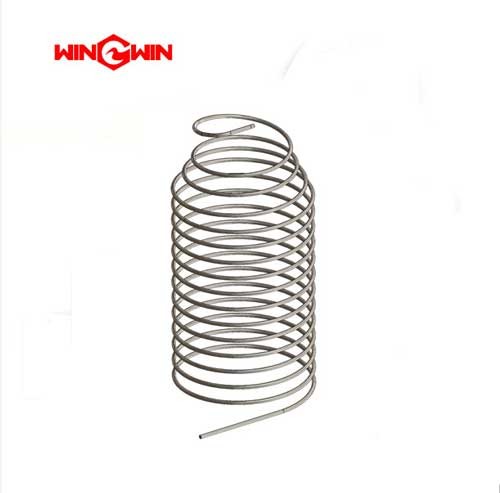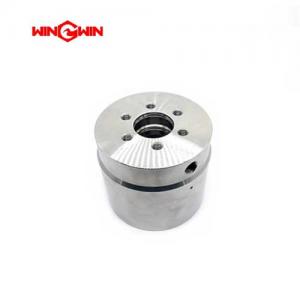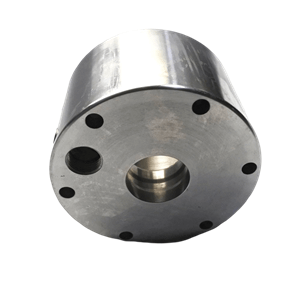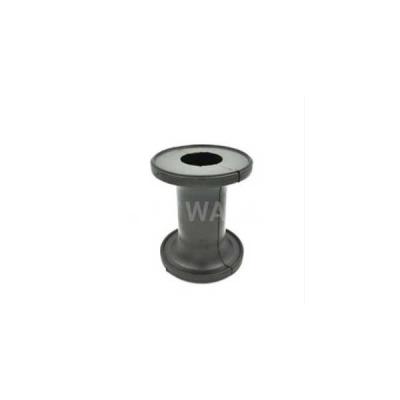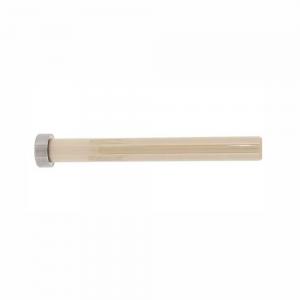REPLACEMENT Robotic Waterjet parts Coil 104760
Robotic Waterjet parts Coil 104760 Description
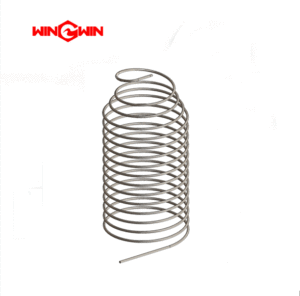
Other waterjet high pressure Coils for ABB 1600
| 304296 | Coil Axis 2 |
| 304297 | Coil Axis 3 |
| 304415 | Coil Axis 1 |
| 304436 | Coil Axis 4,5,6 |
| 305892 | Coil Axis 2 |
| 306337 | Coil Axis 1 |
| 104757 | Coil Axis 1 |
| 104758 | Coil Axis 2 |
| 104759 | Coil Axis 3 |
| 104760 | Coil Axis 4,5,6 |
| 106517 | Coil Axis 1 |
| 106671 | Coil Axis 2 |
| 107266 | Coil Axis 3 |
How to use a robotic waterjet system to cut automotive interior materials
Using a robotic waterjet system to cut automotive interior materials requires careful setup and programming. Here is a general step-by-step guide on how to use a robotic waterjet system for cutting automotive interior materials:
Material Preparation: Ensure that the automotive interior materials, such as leather, fabric, foam, or composites, are properly prepared and positioned for cutting. This may involve securing the material to a cutting table or fixture to prevent movement during the cutting process.
Design and Programming: Create or import the desired cutting design into the robotic waterjet system's software. This can be done using computer-aided design (CAD) software, which allows for precise and intricate designs. Convert the design into a format compatible with the waterjet system's software.
System Calibration: Before cutting, the robotic waterjet system needs to be calibrated. This involves setting the reference points and establishing the work area within the system's software. Calibrating the system ensures accurate positioning and cutting.
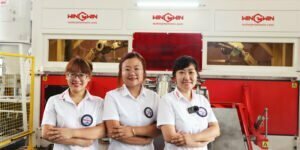
Tooling and Nozzle Setup: Install the appropriate cutting tooling and nozzle on the waterjet system. The nozzle size and type may vary depending on the material being cut and the desired cutting results. Follow the manufacturer's instructions for proper installation and adjustment.
Program Execution: Load the cutting program into the robotic waterjet system's control unit. The program contains instructions for the robot's movements, cutting paths, cutting speed, and other variables specific to the desired cut. Ensure that all safety protocols are followed during program execution.
Cutting Process: Initiate the cutting process by starting the robotic waterjet system. The robot will move along the programmed paths, while the waterjet nozzle emits a high-pressure stream of water mixed with abrasives (if required) to cut through the material. The cutting speed, pressure, and other parameters can be adjusted as needed.
Post-Cutting Inspection: Once the cutting process is complete, carefully inspect the cut automotive interior parts for quality and accuracy. Check for any imperfections, deviations, or irregularities that may require adjustments or rework.
Finishing and Cleanup: Depending on the specific material and application, additional finishing steps may be necessary. This can include trimming excess material, removing burrs, or applying post-cutting treatments to enhance the final product's appearance and functionality. Clean the cutting area and remove any debris or waste materials.
If you are looking for robot waterjet cutting system suppliers or Robotic Water jet Coils suppliers, as well as waterjet technical support needs related to water cutting, please feel free to contact us, we can provide free online support for you.
 wwaterjet
wwaterjet 